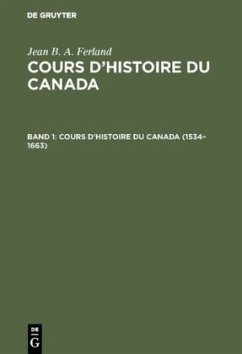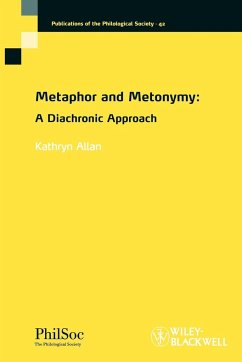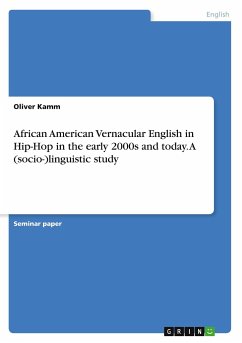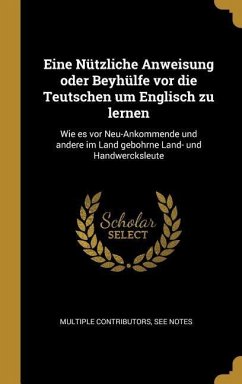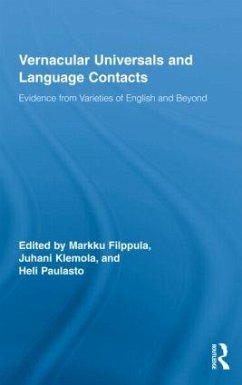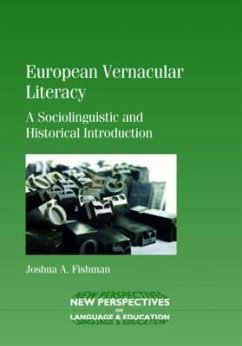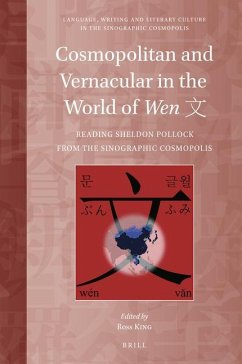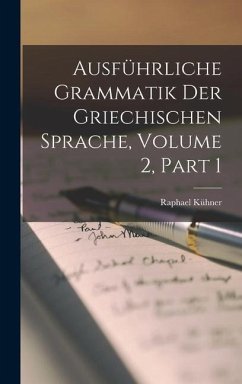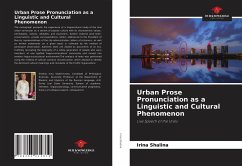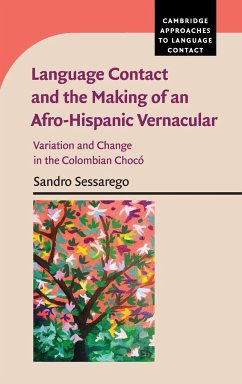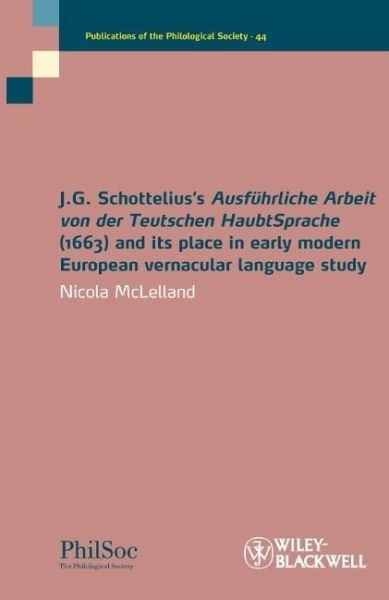
J.G. Schottelius's Ausführliche Arbeit Von Der Teutschen Haubtsprache (1663) and Its Place in Early Modern European Vernacular Language Study
Versandkostenfrei!
Versandfertig in über 4 Wochen
40,99 €
inkl. MwSt.

PAYBACK Punkte
20 °P sammeln!
Germanist and linguist Nicola McLelland presents an accessible yet scholarly exploration that makes sense of Schottelius s lengthy and unwieldy study by interpreting its elements from grammar to riddles, from verse to dialogue against European discourse traditions that shaped the linguist s views of language.
This monograph offers a comprehensive reassessment of the dominantGerman grammarian of the 17th century J.G. Schottelius, andexamines his legacy both in Germany and Europe.
Offers comprehensive documentation of Schottelius'snumerous sources to show the range and limits of scholarlyknowledge in 17th-century Germany
Introduces new data that provides insight into whether agrammarian like Schottelius could have any impact on how peopleactually wrote
Provides an accessible reading of Schottelius's landmarkstudy (with quotations translated into English) that does notassume prior knowledge of the seventeenth-century Germancontext
Traces Schottelius's influence on Dutch, Danish,Swedish, and Russian grammar
Offers comprehensive documentation of Schottelius'snumerous sources to show the range and limits of scholarlyknowledge in 17th-century Germany
Introduces new data that provides insight into whether agrammarian like Schottelius could have any impact on how peopleactually wrote
Provides an accessible reading of Schottelius's landmarkstudy (with quotations translated into English) that does notassume prior knowledge of the seventeenth-century Germancontext
Traces Schottelius's influence on Dutch, Danish,Swedish, and Russian grammar



